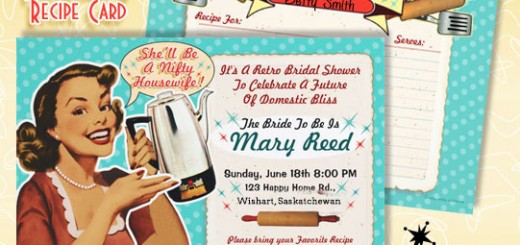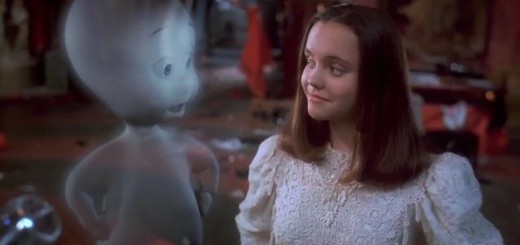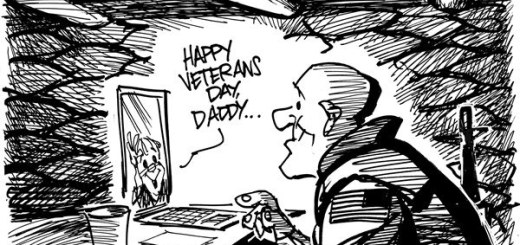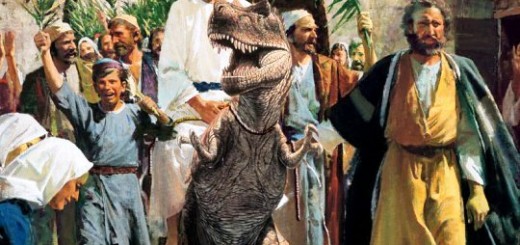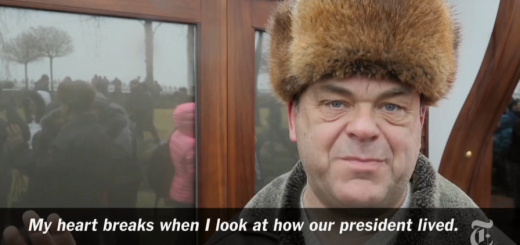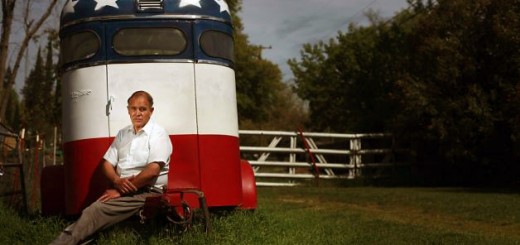Fun with Dick and Jane
Did you learn to read with sight, site or cite words? Phlash cards or fonics?
You did learn to read, did you not? And spell? And write?
Or did you?
One out of every 7 adults in the U.S. can’t read. 42% of Canadian adults ‘have low literacy skills’.
Good
This post is not about learning disabilities
Or calculators replacing math skills — Or word processing software replacing spelling and grammar skills — Or the influx of non-English speaking people north or south of the 49th parallel — Or homeschooling vs. public and private schooling — Or writing styles — Or levels of intelligence . . . .
Or — anything even remotely controversial.
So don’t go “gittin yer gussie up” and “טאָן ניט באַקומען אַלע יקסייטאַד” (the equivalent in Yiddish, I hope).
This post is about learning abilities
With a few pumpkins tossed in the mix.
Ukrainian, Russian and Polish. Cyrillic alphabetic and phonetic in spelling.
Gravel Roads’ first introduction to speaking, reading and writing.
Mother and Dad insisted that English be used outside the home especially in public places and in the company of non-Slavic speaking people. It was important to them that we respected the customs common to the majority of folk.
Reading in English was acquired through a collection of brother Orest’s comic books.

Published by Dell/Gold Key Comics, February 1956. Gravel Roads would not read this until 1959 or so at four years of age.

In 1948, a dime would buy Dell’s Nov.-Dec. issue of The Lone Ranger, Tonto and Silver. Even in Canada. It was still a dime.
And my all-time favorite. The adventures of Little Beaver and Red Ryder. The word was “tribe”. But for me it was “trib-ee” which made no sense at all until one morning . . . yes, it finally occurred to me. The correct pronunciation.
In my defence, our collection of comics wasn’t exactly rampant with words even remotely rhyming with “tribe”. Think about it.
Then came regular school
And basal readers. And sight words. And phonics.
And later yet, Gravel Roads became a teacher who appreciated and practiced teaching that which was previously learned in various ways. None of which were particularly “regular”. Ergo, the gist of this post.
The Dick and Jane series debuted in 1930, a backlash against the phonics-based primers of the 20’s whose content consisted of complicated, often moralizing text, far from the realm of a child’s every day experiences.
The new series adopted a “whole word” or “look-say” method focused on the meaning of words. Thus replacing rote, phonics drills. Heavily illustrated with day-to-day images of children’s activity with siblings, pets and family members, the simple stories were not only popular with their target audience, but also with their teachers.
Children were learning how to learn. And teachers were learning how to teach.
J is not for Johnny
As in “Why Johnny Can’t Read”, published in opposition to Dick and Jane. The author argued that the limited vocabulary and simplistic stories failed to effectively teach the appreciation of literature. It took an Act of Congress and in the mid-1960’s a nudge from President Lyndon B. Johnson under the guise of reaching underprivileged children (who apparently did not have toys or friends or families or daily experiences), to attempt a withdrawal of the series from schools. The publishers responded by introducing minority families into the story-lines.
Neither is it for Jane
By the late 60’s Dick and Jane and Sally and Spot and Puff were no more. The phonics vs. whole language debate is ongoing. And will most assuredly not be addressed in this post.
J is for jack-o’-lantern
Introduced in Dick and Jane’s first grade reader. And alphabet book.
In today’s Google- and Amazon-fueled, alphabet book world, ‘j” can represent jack-in-the-box, jaguar (the animal), jam, jar, jay (the bird), jelly, jelly bean, jelly fish, jet, jewelry, jug, jump, jungle, and on occasion — j is still for jack-o’-lantern.
For Gravel Roads, always was and always will be . . . .









